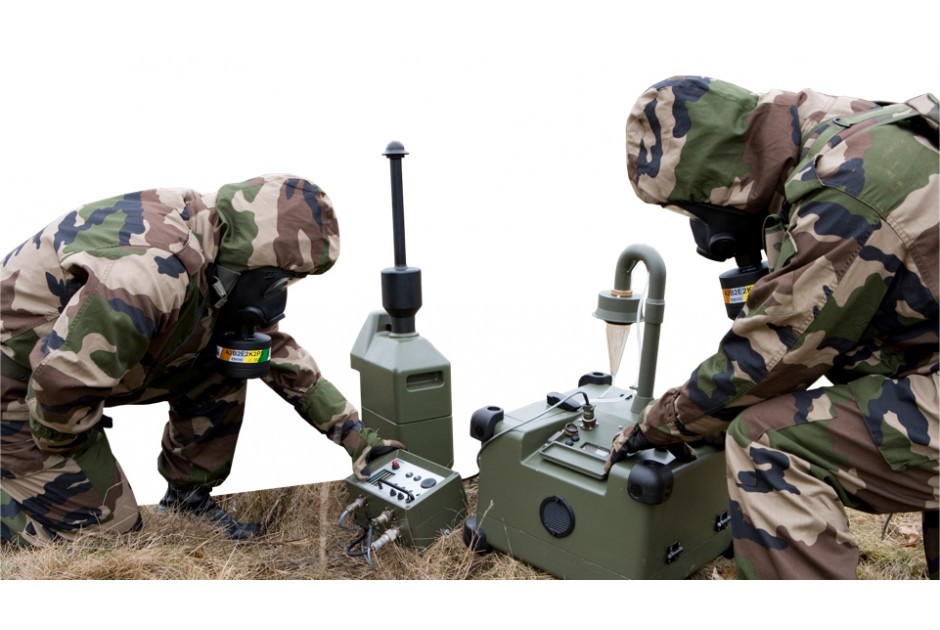ISO 15535 Selection and application of anthropometric data verification testing
The ISO 15535 standard specifies the methodology to select, apply, and verify anthropometric data for protective equipment in military applications. This is critical for ensuring that personal protective equipment (PPE) fits users effectively while minimizing discomfort and potential hazards.
Anthropometry involves measuring human body dimensions to develop models representing average or specific individuals' physical characteristics. In the context of PPE, accurate anthropometric data ensures the correct sizing and fit of helmets, body armor, and other protective gear. This not only enhances user comfort but also improves safety by reducing the risk of injury.
The selection process outlined in ISO 15535 involves several key steps:
- Identify the target population for which the PPE is designed.
- Select appropriate anthropometric data sets based on the identified target population and intended use of the equipment.
- Perform statistical analysis to determine representative sizes that cover a significant portion of the target population.
The application phase involves:
- Conducting fit testing on prototypes using selected anthropometric data sets.
- Adjusting design parameters to achieve a good fit across the representative sizes.
- Repeating fit tests and adjustments until optimal fit is achieved.
The verification stage ensures that the final product adheres strictly to established standards:
- Conducting additional fit testing on a larger sample size of users.
- Evaluating wearability and comfort levels using subjective and objective measures.
- Comparing results against the initial statistical analysis to confirm the design meets requirements.
In military applications, the importance of ISO 15535 cannot be overstated. Military personnel operate in diverse environments, facing a wide range of physical and environmental challenges. Ensuring that PPE fits properly is crucial for mission success and soldier well-being. For instance, a poorly fitting helmet can lead to discomfort or even structural failure during high-impact situations.
The standard also plays a vital role in compliance with international regulations and certification processes. It helps manufacturers demonstrate adherence to safety standards, thereby enhancing the credibility of their products on global markets.
Applied Standards
In addition to ISO 15535, other relevant standards that are often applied in conjunction include:
- ISO 9001: Quality Management Systems to ensure consistent quality.
- IEC 62471: Lighting equipment for the military, which may influence PPE design in certain applications.
These standards complement ISO 15535 by providing a comprehensive framework for ensuring product quality and safety. Compliance with these standards not only enhances the reliability of the final product but also supports ongoing research and development efforts aimed at improving military equipment.
Customer Impact and Satisfaction
The implementation of ISO 15535 significantly impacts customers by:
- Making PPE more comfortable, thus enhancing soldier satisfaction.
- Improving the effectiveness of equipment in various environmental conditions.
- Reducing incidents of discomfort and injury associated with ill-fitting gear.
Soldiers who are satisfied with their protective equipment are more likely to perform at their best, contributing positively to mission outcomes. Additionally, the enhanced comfort provided by properly fitted PPE can lead to reduced absenteeism due to health issues related to ill-fitting equipment.
Competitive Advantage and Market Impact
Adopting ISO 15535 verification testing offers several competitive advantages:
- It positions a company as a leader in product safety and quality, which is increasingly important for military contracts.
- The standard enhances brand reputation by demonstrating commitment to high standards of performance and reliability.
- Compliance with ISO 15535 can open doors to new markets and opportunities for collaboration with international partners.
In the competitive military equipment market, these benefits translate into a stronger market position. Companies that excel in quality control and safety will be better equipped to secure lucrative contracts and maintain long-term relationships with defense organizations.





